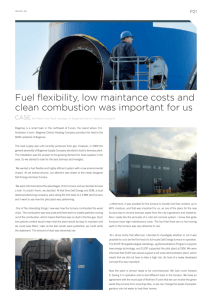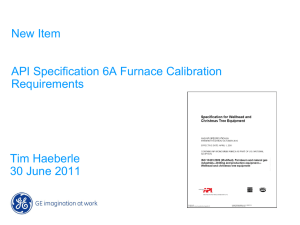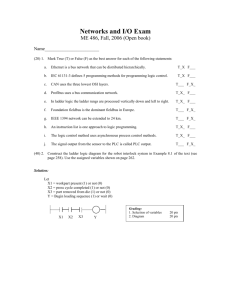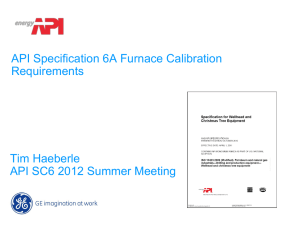Smelt Practicum Max Monn
advertisement
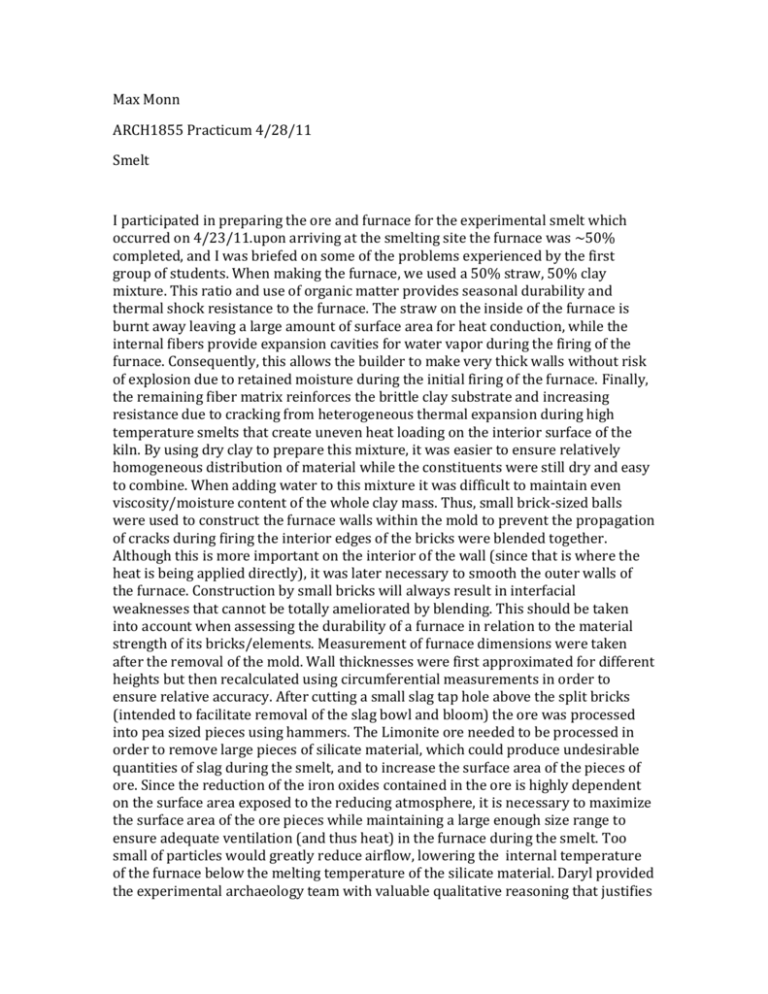
Max Monn ARCH1855 Practicum 4/28/11 Smelt I participated in preparing the ore and furnace for the experimental smelt which occurred on 4/23/11.upon arriving at the smelting site the furnace was ~50% completed, and I was briefed on some of the problems experienced by the first group of students. When making the furnace, we used a 50% straw, 50% clay mixture. This ratio and use of organic matter provides seasonal durability and thermal shock resistance to the furnace. The straw on the inside of the furnace is burnt away leaving a large amount of surface area for heat conduction, while the internal fibers provide expansion cavities for water vapor during the firing of the furnace. Consequently, this allows the builder to make very thick walls without risk of explosion due to retained moisture during the initial firing of the furnace. Finally, the remaining fiber matrix reinforces the brittle clay substrate and increasing resistance due to cracking from heterogeneous thermal expansion during high temperature smelts that create uneven heat loading on the interior surface of the kiln. By using dry clay to prepare this mixture, it was easier to ensure relatively homogeneous distribution of material while the constituents were still dry and easy to combine. When adding water to this mixture it was difficult to maintain even viscosity/moisture content of the whole clay mass. Thus, small brick-sized balls were used to construct the furnace walls within the mold to prevent the propagation of cracks during firing the interior edges of the bricks were blended together. Although this is more important on the interior of the wall (since that is where the heat is being applied directly), it was later necessary to smooth the outer walls of the furnace. Construction by small bricks will always result in interfacial weaknesses that cannot be totally ameliorated by blending. This should be taken into account when assessing the durability of a furnace in relation to the material strength of its bricks/elements. Measurement of furnace dimensions were taken after the removal of the mold. Wall thicknesses were first approximated for different heights but then recalculated using circumferential measurements in order to ensure relative accuracy. After cutting a small slag tap hole above the split bricks (intended to facilitate removal of the slag bowl and bloom) the ore was processed into pea sized pieces using hammers. The Limonite ore needed to be processed in order to remove large pieces of silicate material, which could produce undesirable quantities of slag during the smelt, and to increase the surface area of the pieces of ore. Since the reduction of the iron oxides contained in the ore is highly dependent on the surface area exposed to the reducing atmosphere, it is necessary to maximize the surface area of the ore pieces while maintaining a large enough size range to ensure adequate ventilation (and thus heat) in the furnace during the smelt. Too small of particles would greatly reduce airflow, lowering the internal temperature of the furnace below the melting temperature of the silicate material. Daryl provided the experimental archaeology team with valuable qualitative reasoning that justifies many case-specific smelting practices. These experimentally determined “rules-ofthumb” provide us with insight into what processes and types of material may have been used to produce the types of blooms found at many European smelting sites.



